PPT-The Orton Gillingham
Author : trish-goza | Published Date : 2018-11-01
Approach Review What is the Orton Gillingham Approach Languagebased The Orton Gillingham approach is based on a technique of studying and teaching language
Presentation Embed Code
Download Presentation
Download Presentation The PPT/PDF document "The Orton Gillingham" is the property of its rightful owner. Permission is granted to download and print the materials on this website for personal, non-commercial use only, and to display it on your personal computer provided you do not modify the materials and that you retain all copyright notices contained in the materials. By downloading content from our website, you accept the terms of this agreement.
The Orton Gillingham: Transcript
Download Rules Of Document
"The Orton Gillingham"The content belongs to its owner. You may download and print it for personal use, without modification, and keep all copyright notices. By downloading, you agree to these terms.
Related Documents


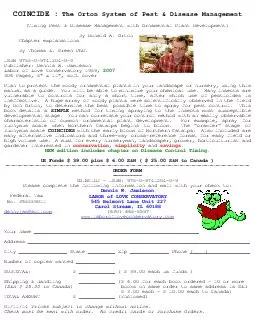
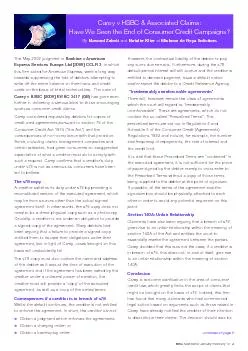
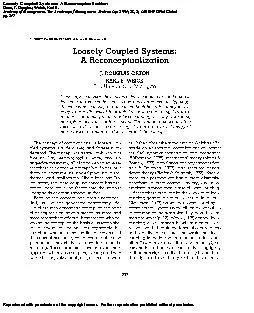
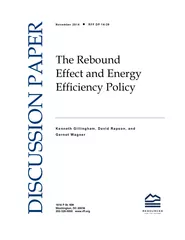
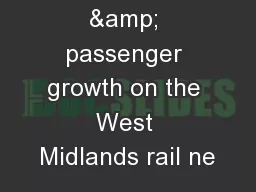
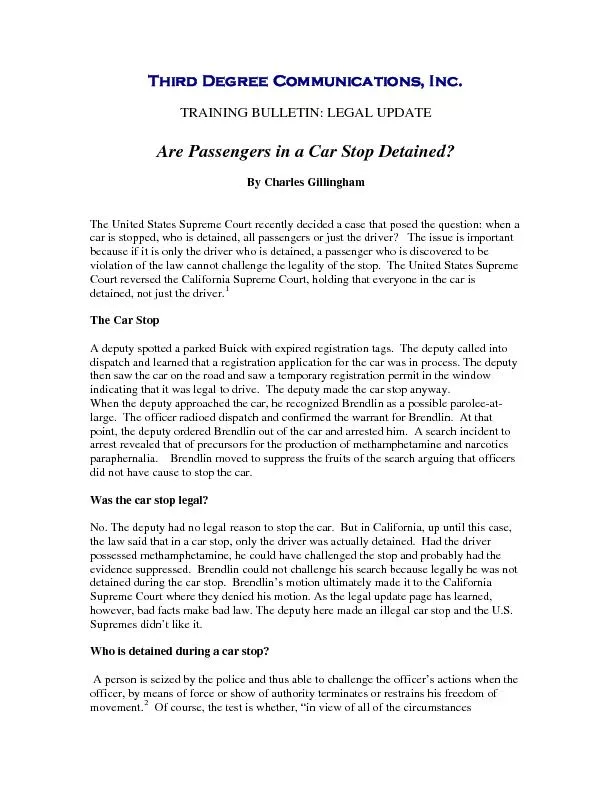
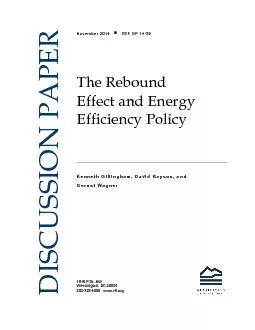

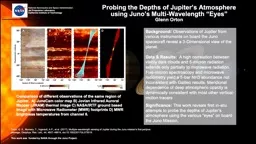
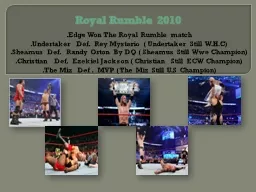
![[DOWNLOAD] - Teach Reading with Orton-Gillingham: 72 Classroom-Ready Lessons to Help](https://thumbs.docslides.com/901515/download-teach-reading-with-orton-gillingham-72-classroom-ready-lessons-to-help-struggling-readers-and-students-with-dyslexia-lear.jpg)
![[READ] I Can Fly Reading Program with Online Games Book A: Orton-Gillingham Based Reading](https://thumbs.docslides.com/1008414/read-i-can-fly-reading-program-with-online-games-book-a-orton-gillingham-based-reading-lessons-for-young-students-who-struggle-with-reading-and-may-have-dyslexia.jpg)
![[DOWNLOAD] I Can Fly Reading Program with Online Games Book B: Orton-Gillingham Based](https://thumbs.docslides.com/1008942/download-i-can-fly-reading-program-with-online-games-book-b-orton-gillingham-based-reading-lessons-for-young-students-who-struggle-with-reading-and-may-have-dyslexia-b.jpg)